How To Clean A Coat: A Complete Guide For Every Material
Caring for a winter coat is simple when you match the method to the fabric. This guide shows you how to clean a coat at home, step by step, without shrinking, flattening, or fading it.
You’ll learn when to machine wash, when to hand wash, and when to leave it to the dry cleaner. We’ll cover wool and overcoats, down and puffers, fleece and synthetics, waterproof shells, leather, and suede. Plus drying, stain removal, and storage. Along the way, you’ll see easy, eco friendly tweaks that protect fibres and cut waste.
Why Proper Coat Care Matters
A good winter coat can last for years, but only if you care for it well. Each material reacts in its own way to water, heat, and detergent. The wrong washing method can lead to shrinkage, faded colours, or a loss of shape.
Coats collect more than just dirt. Sweat, body oils, and pollution cling to fibres, flatten insulation, and trap odours. Cleaning your coat thoroughly brings back its texture and warmth, whether it’s wool, down, or synthetic.
Eco friendly washing helps your coat and the planet. Choosing gentle, natural laundry detergent sheets keeps fabrics safe and soft. They dissolve fully in water, work at low temperatures, and cut down on plastic and energy use.
👉 Shop Laundry Detergent GreenSheets™ for your coats today!
How Often Should You Wash A Winter Coat
How often you clean your coat depends on how often you wear it and the fabric it’s made from. Most winter coats only need a deep clean once or twice a season. But if you wear yours daily or notice stains or odours, it’s time for a wash.
Down and puffer jackets trap oils and sweat in their filling, so they benefit from a refresh every few weeks during heavy use. Wool and overcoats can go longer. A quick brush between wears and a spot clean for small marks will often keep them looking fresh.
Always check the care label before washing. It will tell you if your coat can go in the machine, be hand washed, or if it needs professional cleaning. When in doubt, start with a gentle clean using a natural laundry detergent. They work well at low temperatures, meaning you can freshen your coat without damaging fibres or using excess energy.
How To Wash A Coat In The Washing Machine
Many coats can be safely washed at home if you follow the right steps. Here’s how to do it without shrinking or damaging the fabric.
Step 1: Check the care label
Look for washing symbols that confirm your coat is machine washable. If it says “dry clean only,” avoid washing at home.
Step 2: Prep your coat
Empty pockets, close zips and buttons, and turn the coat inside out. Place it in a mesh laundry bag to protect the fabric during the wash.
Step 3: Choose the right settings
Select a gentle or delicates cycle at 30°C or below. High heat can shrink or fade certain materials.
Step 4: Use a gentle, eco friendly detergent
Add Laundry Detergent GreenSheets™ to the drum. It dissolves completely, removes dirt, and cleans powerfully at low temperatures while being kind to the environment.
Step 5: Skip the fabric conditioner
Softeners can coat fibres and reduce breathability, especially in down or waterproof coats.
Step 6: Dry your coat naturally
Remove excess water by gently pressing between clean towels. Then hang or lay the coat flat to air dry away from direct heat or sunlight.
Step 7: Fluff and reshape
Once dry, shake or pat the coat to restore its shape and texture.
How To Hand Wash A Coat
Hand washing is the safest way to clean delicate materials like wool, suede blends, or lined overcoats. It gives you full control and avoids damage caused by heat or spin cycles. Here’s how to do it at home or on your travels.
Step 1: Fill a basin with cool or lukewarm water
Use enough water to submerge the coat. Avoid hot water, as it can shrink natural fibres or weaken stitching.
Step 2: Add a gentle laundry detergent
Place a laundry detergent sheet into the water and let it dissolve. The sheets provide exceptional cleaning power, even in cold water, making them ideal for hand washing.
👉 Try GreenSheets™ for as little as 95p!
Step 3: Submerge and soak
Place the coat in the water and gently press it down to remove air pockets. Let it soak for around 10 to 15 minutes.
Step 4: Gently agitate the fabric
Use your hands to lightly move the coat through the water. Focus on areas like cuffs, collars, and underarms where sweat or oils build up.
Step 5: Rinse well
Drain the soapy water, then refill the basin with clean water. Rinse until there are no suds left. Avoid wringing or twisting, as this can stretch the fabric.
Step 6: Remove excess water
Lay the coat flat on a clean towel and roll it up to absorb moisture. Repeat if needed until the coat feels only slightly damp.
Step 7: Dry flat or hang with care
Lay your coat on a drying rack or hang it on a padded hanger in a well-ventilated space. Keep it away from direct heat or sunlight to prevent fading.
Step 8: Refresh and reshape
Once dry, use a fabric brush or your hands to restore the coat’s texture and structure.
How To Dry Wash A Coat At Home
If your coat says “dry clean only,” you can still freshen it up between professional cleans. Dry washing helps remove light odours and surface dust without exposing the fabric to water or harsh chemicals.
Step 1: Check the care label
Always start by reading the label inside your coat. If it warns against hand or machine washing, stick to dry methods only.
Step 2: Use a home dry-cleaning kit or natural refresh method
For best results, use a home dry-cleaning kit. These kits include a cleaning cloth that produces gentle steam inside the dryer. This safely removes light marks and odours. If you prefer a natural option, hang your coat in a steamy bathroom for 10–15 minutes. The steam helps loosen creases and refresh fibres without wetting the material.
Step 3: Tumble or steam on low heat
If your coat allows it, use the tumble dryer on a low or air-only setting for around 10 minutes. Add a clean towel or wool dryer balls to help soften and lift the fabric. Avoid heat if the label says “no tumble dry.”
Step 4: Spot clean small marks
Use a soft cloth dampened with a mild solution of Laundry Detergent GreenSheets™ and water. Gently dab, don’t rub, to lift stains without damaging fibres.
Step 5: Air out completely
After cleaning, hang your coat somewhere with good airflow for several hours. This removes any lingering moisture and keeps it smelling fresh.
This dry-wash routine helps your coat stay fresh between deeper cleans. This saves money and keeps fabrics in good condition.
How To Clean Wool And Overcoats

Wool and tailored overcoats need gentle care to stay soft, structured, and free from shrinkage. These coats often have inner linings or padding that don't react well to water. It’s important to clean them with care and avoid excess heat.
Step 1: Brush and pre-treat stains
Start by brushing the coat with a soft clothes brush to remove dust and surface dirt. Check for any visible stains and dab them with a mild solution made from a natural laundry detergent dissolved in water. Avoid rubbing, which can damage the fibres.
Step 2: Check if machine washing is suitable
Some modern wool coats have washable labels, but many require spot cleaning or dry washing. If the label says machine washable, use a gentle or wool cycle with cold water. Always place the coat in a mesh laundry bag or pillowcase to protect it during the wash.
Step 3: Use a natural laundry detergent
Choose a mild, eco friendly detergent that’s safe for wool. Laundry Detergent GreenSheets™ work well because they dissolve in cool water and contain no toxic chemicals. This protects the wool’s natural fibres while still removing odours and light stains.
Step 4: Air dry flat
Never tumble dry wool. Once washed, reshape the coat and lay it flat on a towel to dry. Avoid direct heat or sunlight. This prevents shrinking and helps the fabric keep its shape.
Step 5: Steam to refresh
Once dry, hang your coat on a sturdy hanger and lightly steam it to remove wrinkles. If you don’t have a steamer, hanging it in a steamy bathroom works too. This helps lift the fibres and restore the coat’s smooth texture.
Caring for wool coats this way keeps them looking tailored and feeling soft season after season. It also saves money by avoiding unnecessary dry-cleaning trips.
How To Wash Down And Puffer Jackets
Down and puffer jackets are designed to trap warmth, but their insulating power depends on clean, fluffy filling. Dirt, oils, and moisture can flatten the padding over time. It’s important to wash them with care to restore their loft without clumping.
Step 1: Check the label and prep the jacket
Always read the care label first. Most down or synthetic puffers can be washed at home on a gentle cycle. Close all zips, remove detachable hoods or faux fur trims, and empty pockets before washing.
Step 2: Pre-treat stains
Spot-clean any visible marks using a mild solution of laundry detergent dissolved in cool water. Apply it with a soft cloth or sponge. Avoid scrubbing, which can push dirt deeper into the fabric.
Step 3: Choose the right cycle and detergent
Wash your jacket on a delicate or “outdoor wear” setting using cold water. Use a eco laundry detergent, which cleans deeply without stripping the down’s natural oils. Avoid fabric conditioners, as they can damage insulation.
Step 4: Dry carefully
Proper drying is key to restoring your jacket’s shape. Tumble dry on a low heat with a few wool dryer balls (or clean tennis balls) to help fluff the filling and break up clumps. Pause every 20–30 minutes to shake out the jacket and redistribute the down.
Step 5: Finish with air drying
Once almost dry, hang your jacket somewhere warm and well-ventilated for several hours. Avoid radiators or direct sunlight. This ensures every layer dries evenly and prevents mildew.
When done right, this process keeps your down jacket light, warm, and breathable. Regular gentle washing also extends its life, so it’s ready for every cold morning walk or winter commute.
How To Clean Fleece And Synthetic Coats
Fleece and synthetic coats are popular for a reason. They’re warm, lightweight, and easy to care for. But over time, they collect lint, odours, and oils that can dull the fabric and trap dirt. Cleaning them the right way helps maintain their softness and keeps them smelling fresh all season.
Step 1: Shake off lint and pet hair
Before washing, give your fleece or synthetic coat a quick shake outdoors. Use a wooden lint roller or soft brush to remove visible fluff, pet hair, or dust. Turning the coat inside out helps protect the outer texture and prevents pilling during the wash.
Step 2: Pre-treat stains
Mix a small amount of Laundry Detergent GreenSheets™ in cool water and gently dab it on any marks using a soft cloth. Avoid scrubbing, as friction can damage the fabric fibres or create rough patches.
Step 3: Wash on a gentle cycle
Place your coat in the washing machine and select a cold or 30°C delicate cycle. Add a laundry detergent sheet and wash it on its own or with similar fabrics. Avoid using fabric conditioner or bleach, as these coat the fibres and reduce breathability.
Step 4: Rinse and dry flat
Once the cycle finishes, be quick to remove the coat and reshape it while damp. Air dry it flat on a clean towel or drying rack. If needed, start the drying process with a short, low-heat tumble for a few minutes, just long enough to lift out excess moisture. Never use high heat, which can melt synthetic fibres.
Step 5: Restore softness
Once dry, brush the surface with a soft fabric brush to revive its smooth texture. This helps restore the original look and feel of the fleece while keeping it plush and comfortable.
Fleece and synthetic coats don’t need frequent washing. Once every few weeks or after heavy wear is usually enough.
A gentle routine with eco-friendly products like Laundry Detergent GreenSheets™ helps your coat last longer and keeps it free from microplastic-shedding detergents.
How To Wash Waterproof And Rain Jackets
Waterproof and rain jackets protect you from wet weather, but over time, sweat, dirt, and oils can clog the fabric’s breathable membrane. This reduces its ability to repel water. The key to cleaning these coats is using a gentle detergent and avoiding anything that breaks down the waterproof layer.
Step 1: Brush off loose dirt
Before washing, shake out the jacket or wipe away dried mud with a damp cloth. Zip all zippers and fasten Velcro or snaps to prevent snagging during the wash.
Step 2: Choose a mild detergent
Use a gentle eco detergent. These dissolve in water and clean without leaving residues that can block waterproof coatings. Avoid using standard laundry liquids, bleach, or softeners, which can strip away the jacket’s water resistance.
Step 3: Wash on a cool, delicate cycle
Place the jacket in the washing machine on a gentle cycle with cold or 30°C water. If your machine allows, reduce the spin speed to prevent creasing or damage to seams.
Step 4: Rinse twice for best results
Waterproof fabrics need thorough rinsing to remove any leftover detergent. Run a second rinse cycle to make sure no residue remains.
Step 5: Air dry or reproof
Never use high heat. Instead, hang the jacket on a sturdy hanger in a ventilated space to air dry. Once it’s dry, check if the fabric still repels water - droplets should bead on the surface. If they soak in, you can refresh the waterproof coating with a spray-on or wash-in reproofing treatment.
With proper care, a good waterproof jacket can last for years. Gentle cleaning keeps it breathable, functional, and ready for rainy walks or outdoor adventures.
How To Clean Leather And Suede Coats
Leather and suede coats need careful attention. These natural materials are durable but sensitive to water and heat. Using the wrong cleaning method can leave stains, stiffness, or faded patches.
Step 1: Check the label and test first
Always start by reading the care label. Some leather finishes, like nubuck or suede, should never be washed . Before cleaning, test any product on a small hidden area to make sure the colour doesn’t change.
Step 2: Wipe down leather gently
For genuine leather, use a clean, slightly damp cloth to remove surface dust and marks. Avoid soaking the material. If needed, mix a small amount of laundry detergent in cool water. Then, dip a soft cloth into the solution, and wring it out well before wiping the coat. Follow with a dry towel to absorb moisture.
Step 3: Treat stains with care
For grease or water spots, blot with care with cornstarch or baby powder. Let it sit for a few hours before brushing it away with a soft cloth. Avoid harsh chemicals or stain removers, which can damage the finish.
Step 4: Refresh suede without water
Suede should never get wet. Use a suede brush to lift dirt and restore the nap. For oil stains, sprinkle a little cornstarch and leave it overnight before brushing off. A clean pencil eraser can help remove light marks and scuffs.
Step 5: Condition and protect
Once the coat is clean and dry, apply a small amount of leather conditioner with a soft cloth to keep the material supple and prevent cracking. For suede, a protective spray helps guard against future stains and moisture.
Caring for leather and suede coats properly keeps them soft, smooth, and long-lasting. A little maintenance after each wear — a quick brush, wipe, or condition — prevents buildup and reduces the need for deep cleaning later.
How To Remove Stains From Winter Coats
Winter coats face mud, food spills, and salt stains from pavements. Treating stains quickly prevents lasting marks and keeps the fabric clean. The right approach depends on the material, but mild cleaning gives the best results.
Step 1: Act fast
Tackle stains as soon as they appear. Dab the area with a clean, damp cloth to lift residue. Do not rub, as this pushes the stain deeper into the fibres.
Step 2: Pre-treat with care
Mix a small amount of Laundry Detergent GreenSheets™ with warm water to form a light cleaning solution. Use a soft cloth or sponge to dab the mixture onto the stain. This lifts food, mud, or oil marks on most fabrics. For wool or suede, test the solution first on an unseen spot.
Step 3: Remove salt stains
For white salt marks, mix one part white vinegar with two parts water. Dab the solution over the stain with a cloth, then wipe again with clean water. Leave the coat to air dry in a well-ventilated space, away from direct heat.
Step 4: Absorb grease and oil
For greasy marks on synthetic or waterproof coats, sprinkle bicarbonate of soda over the spot. Leave it for 10 to 15 minutes to draw out the oil. Brush or shake it off, then wash the coat using a non-toxic laundry detergent.
Step 5: Finish and refresh
After treating stains, hang the coat in an open space to dry completely. Use a handheld steamer to smooth the fabric and restore its shape.
Using Laundry Detergent GreenSheets™ and simple household ingredients removes stains safely and keeps fabrics strong. This approach protects the fibres, cuts chemical use, and keeps coats clean for the winter ahead.
How To Store Your Coat After Washing
Proper storage keeps your coat in good shape between seasons. Once it’s clean and dry, the way you store it decides how well it holds its form, colour, and texture.
Step 1: Make sure the coat is completely dry
Even a small amount of trapped moisture can cause mould or odour. Hang the coat in a ventilated area for at least 24 hours before putting it away.
Step 2: Use the right hanger or storage method
Hang structured coats, such as wool or overcoats, on wide wooden hangers. This keeps the shoulders firm and prevents sagging. Fold lighter jackets and puffers and store them in breathable fabric bags or boxes. Avoid vacuum sealing heavy coats, as it can crush insulation.
Step 3: Choose a cool, dark space
Store coats in a dry, shaded wardrobe or cupboard. Keep them away from sunlight and humidity, which fade colours and weaken fibres over time.
Step 4: Protect against moths and dust
Place cedar blocks or lavender sachets near your coats to deter moths. Use cotton garment bags instead of plastic to allow air circulation and prevent trapped moisture.
Step 5: Freshen before wearing again
When the season changes, take coats out a few days early. Brush off dust, give them a light steam, and check for any small repairs before use.
Storing your coats the correct way extends their life and keeps them ready for next winter. Clean fabric, proper hanging, and breathable materials prevent damage while keeping them fresh and well-shaped.
FAQs
Can I wash my winter coat in the washing machine?
Most coats can go in the washing machine, but always check the care label first. Use a gentle cycle with cold or warm water and a mild detergent. Avoid overloading the drum to give your coat enough space to move and rinse well.
How do I hand wash a coat without ruining it?
Fill a large basin or bathtub with cool water and mix in a small amount of Laundry Detergent GreenSheets™. Submerge the coat and lightly agitate it with your hands for a few minutes. Rinse with clean water until it runs clear, then press out excess water gently. Lay the coat flat on a towel to dry.
How often should I clean a winter coat?
Wash your coat at least once per season, or more often if it picks up dirt or odours. Spot clean smaller marks between washes to avoid unnecessary wear on the fabric.
What is the best detergent for washing coats?
Choose a detergent made for delicate fabrics and low-temperature washes. Laundry Detergent GreenSheets™ is biodegradable and designed to give clean effectively while protecting fibres and colours.
How do I dry my coat without shrinking it?
Air drying is the safest method for most coats. Lay lighter fabrics flat on a towel or hang structured coats on a wide wooden hanger. Keep them away from direct heat sources. For down jackets, tumble dry on a low setting with clean dryer balls to restore loft.
Keeping Your Coats Clean The Smarter Way
Caring for your winter coat doesn’t have to be difficult. With the right routine, you can keep every fabric looking fresh and lasting longer. Gentle cleaning, quick stain removal, and proper storage all make a big difference in how your coat performs year after year.
Switching to eco friendly washing products helps too. Natural laundry detergent sheets give a powerful clean at low temperatures. They protect delicate fibres and colours. Plus, they dissolve completely, reduce plastic waste, and save space at home.






















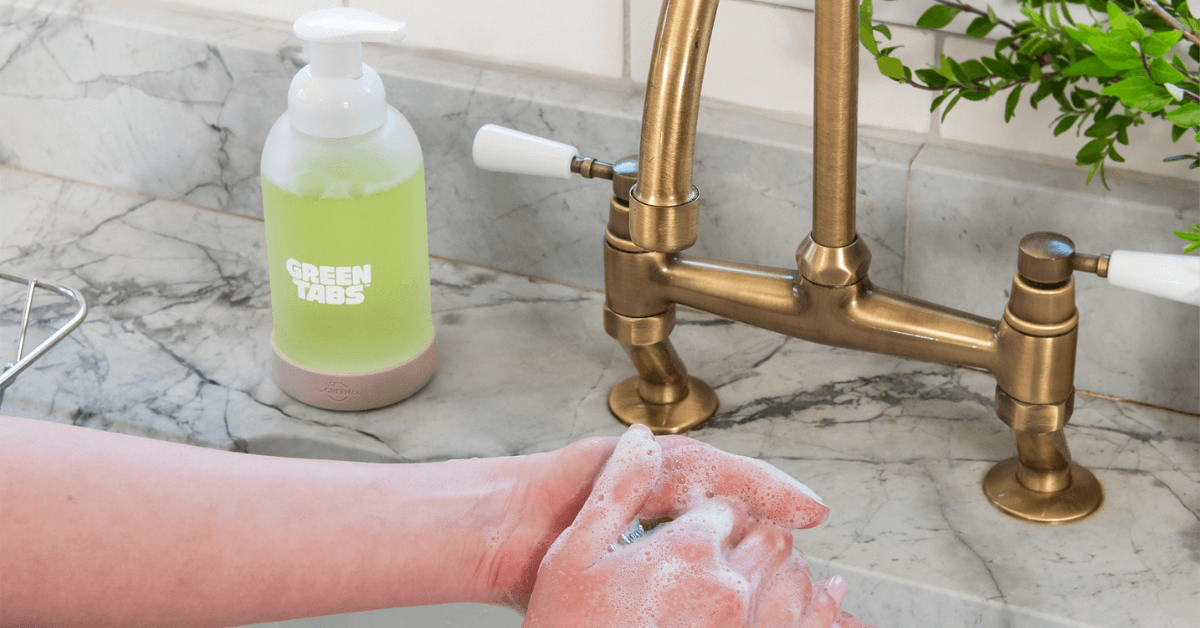
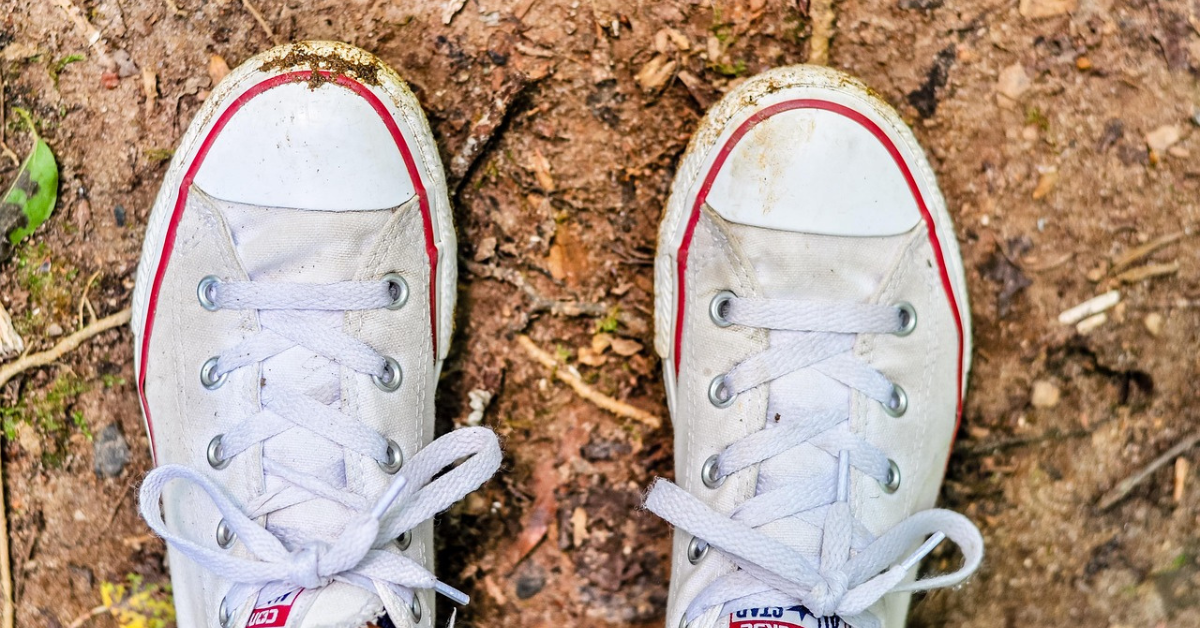
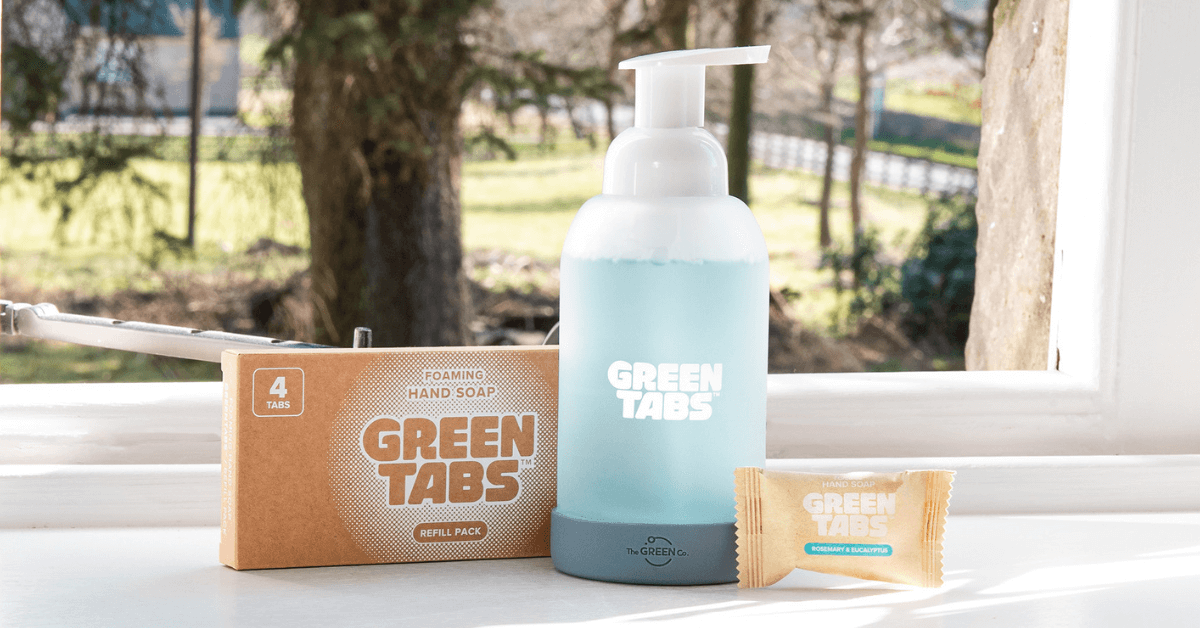

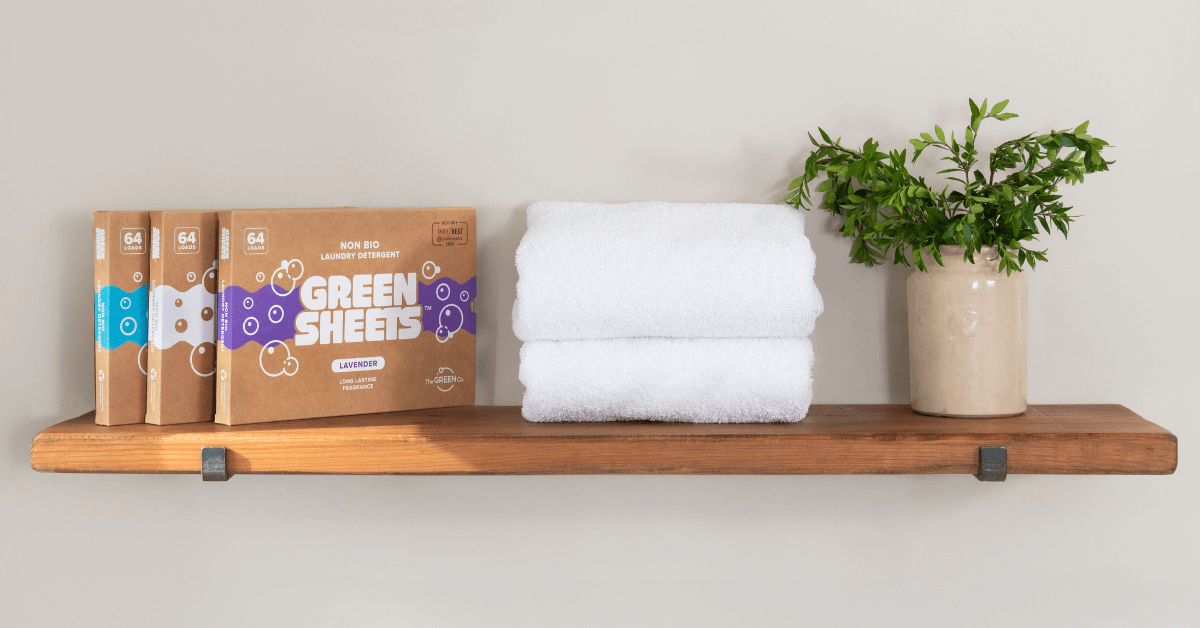
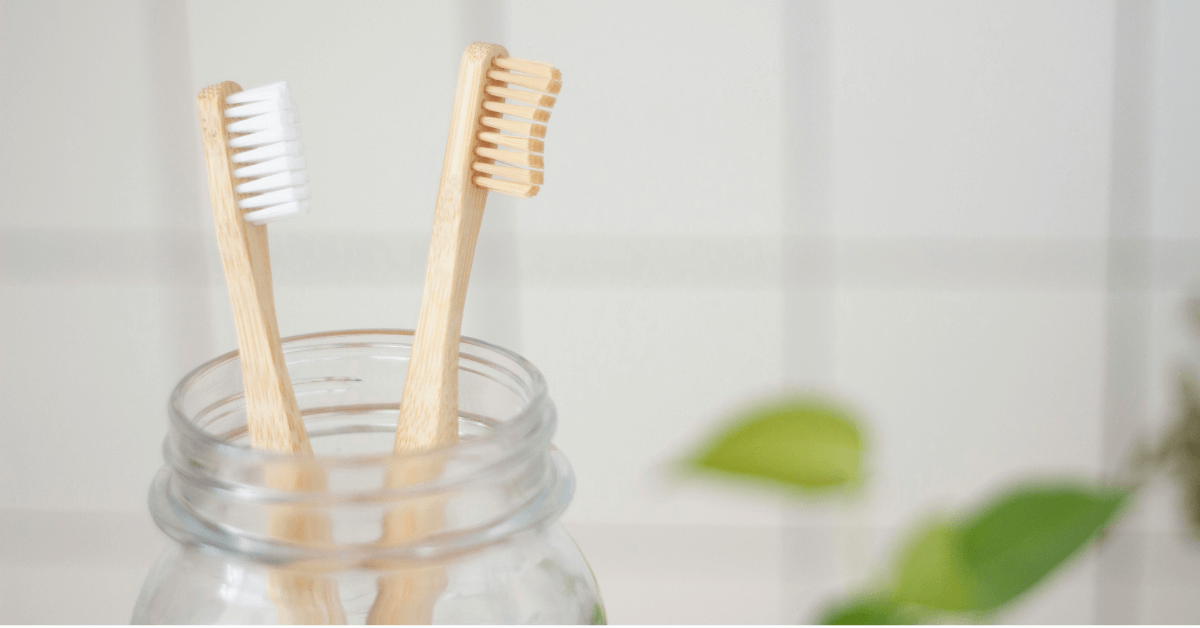


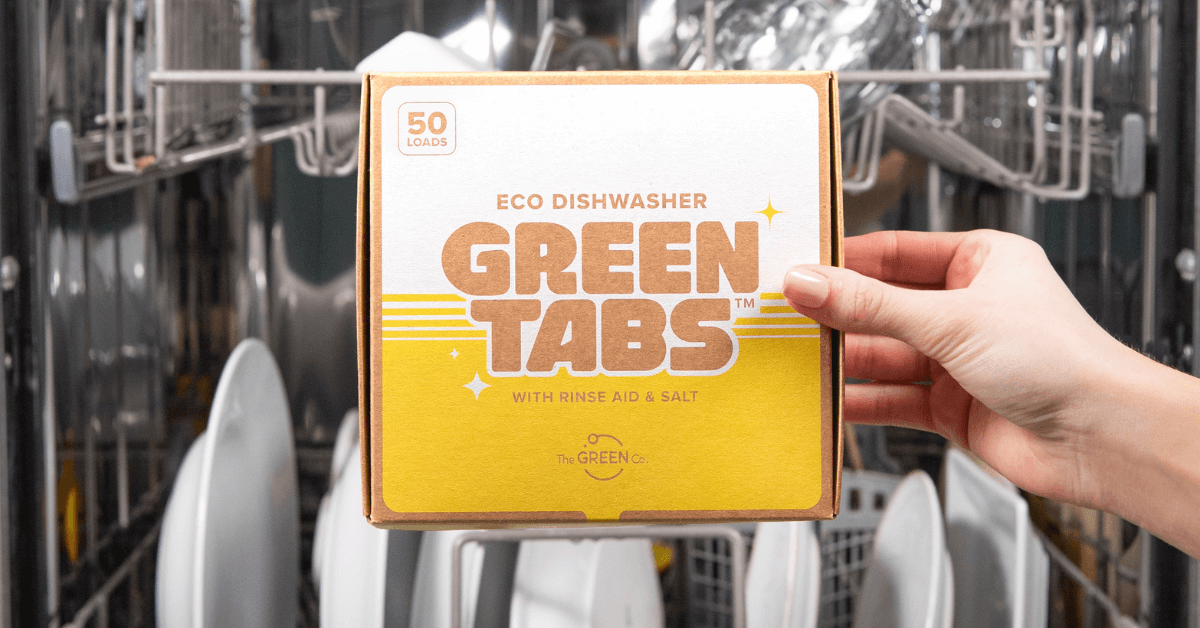
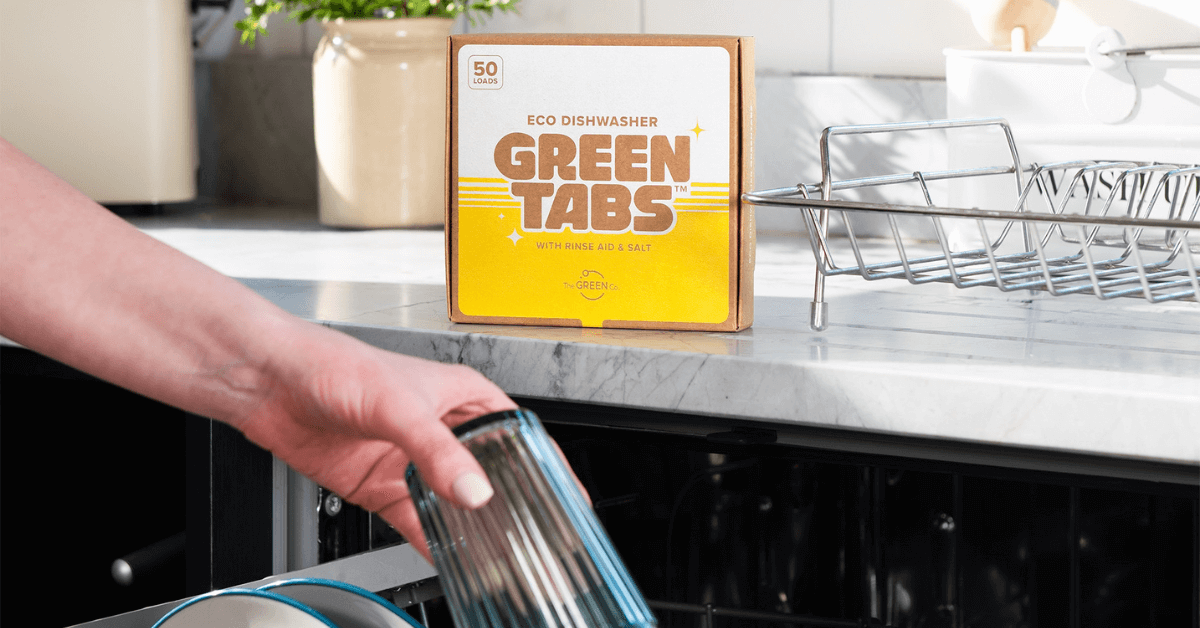

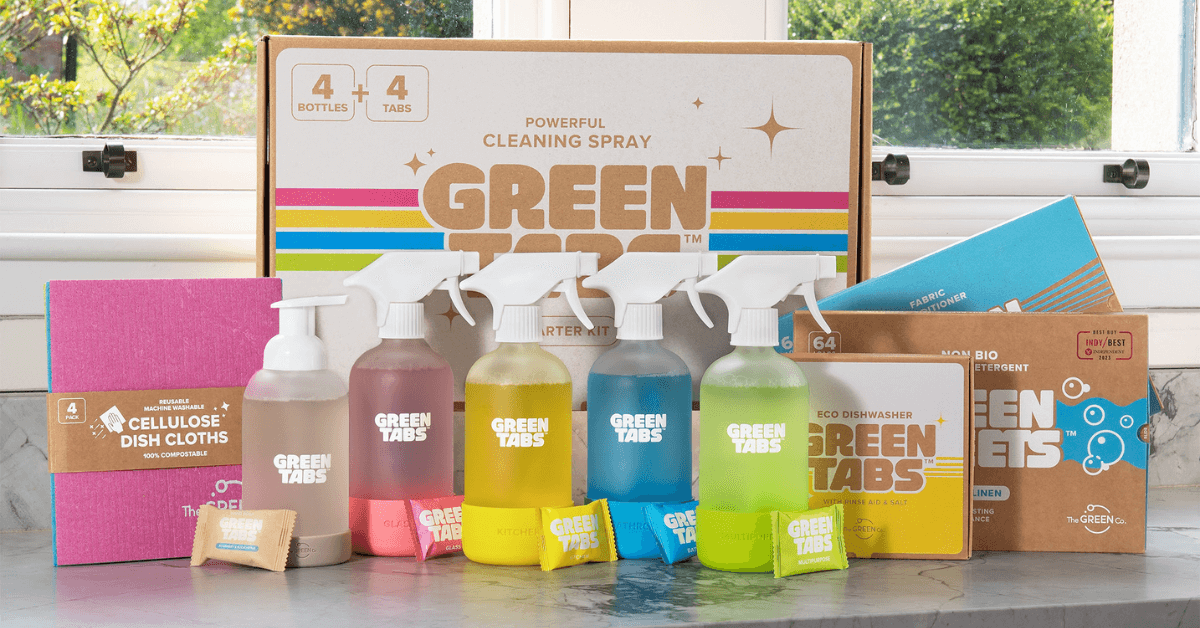
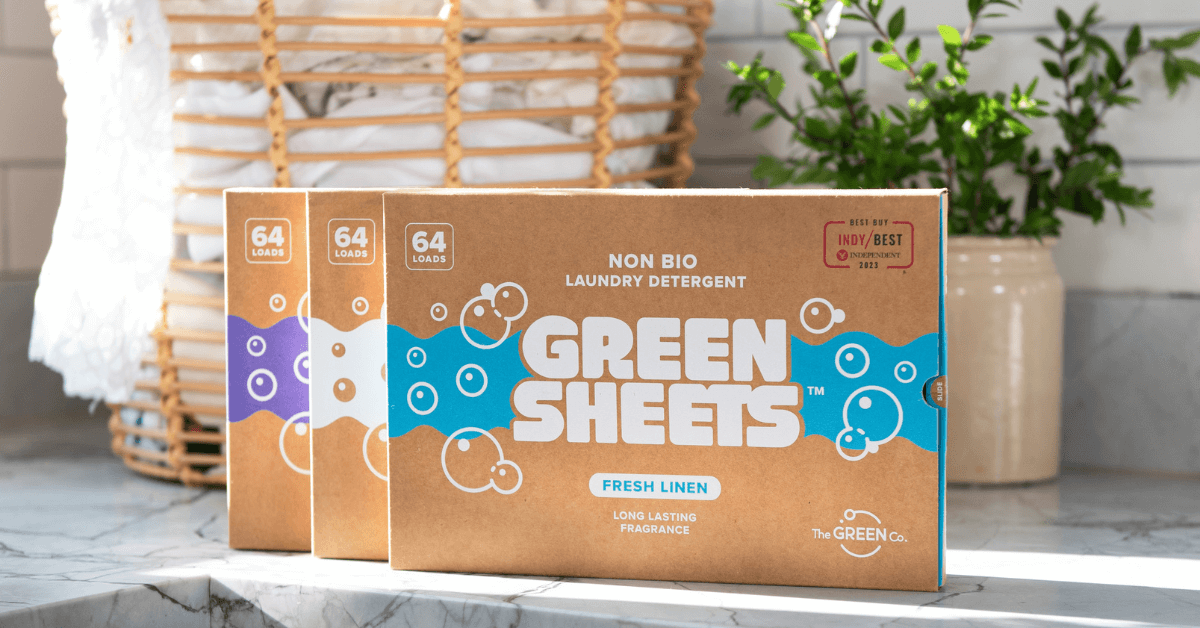
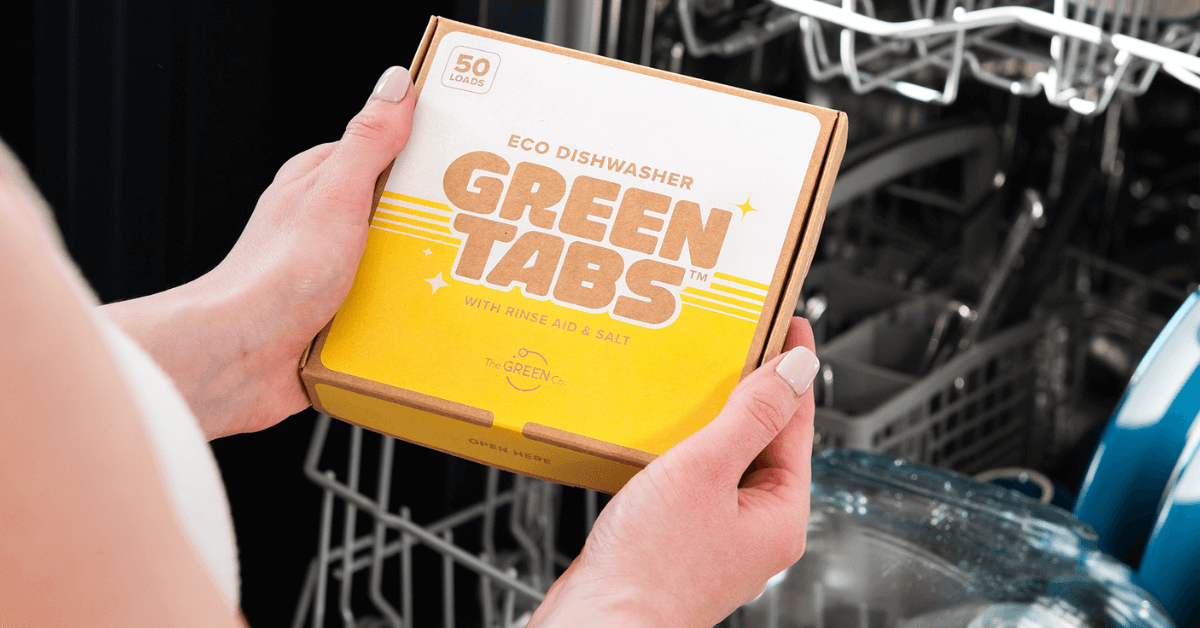

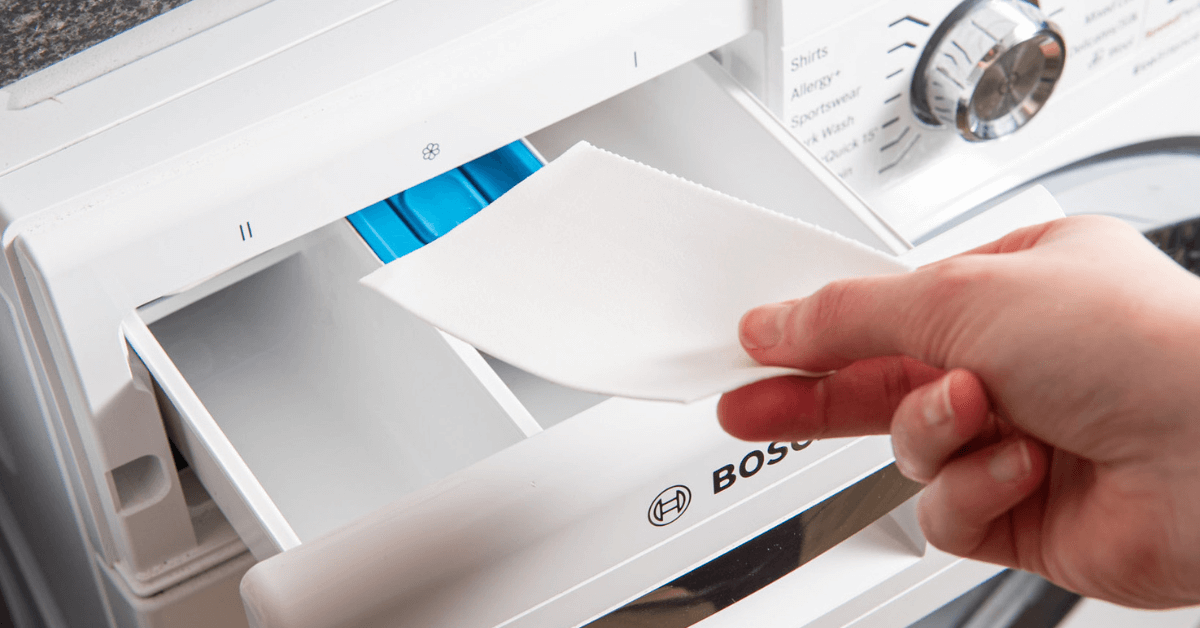





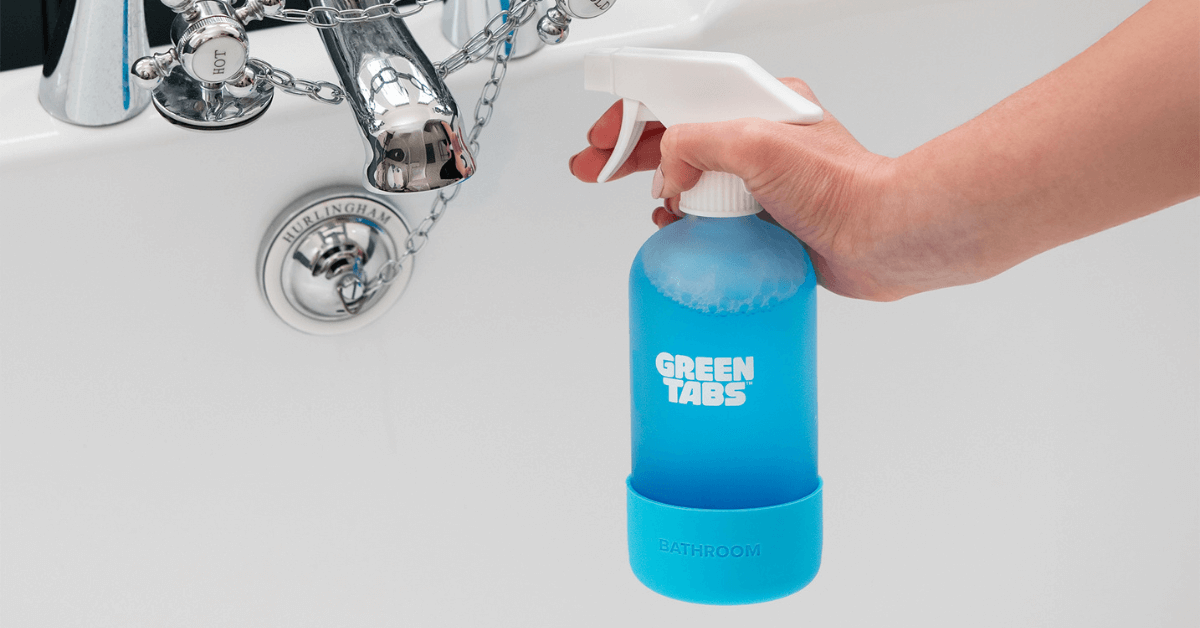
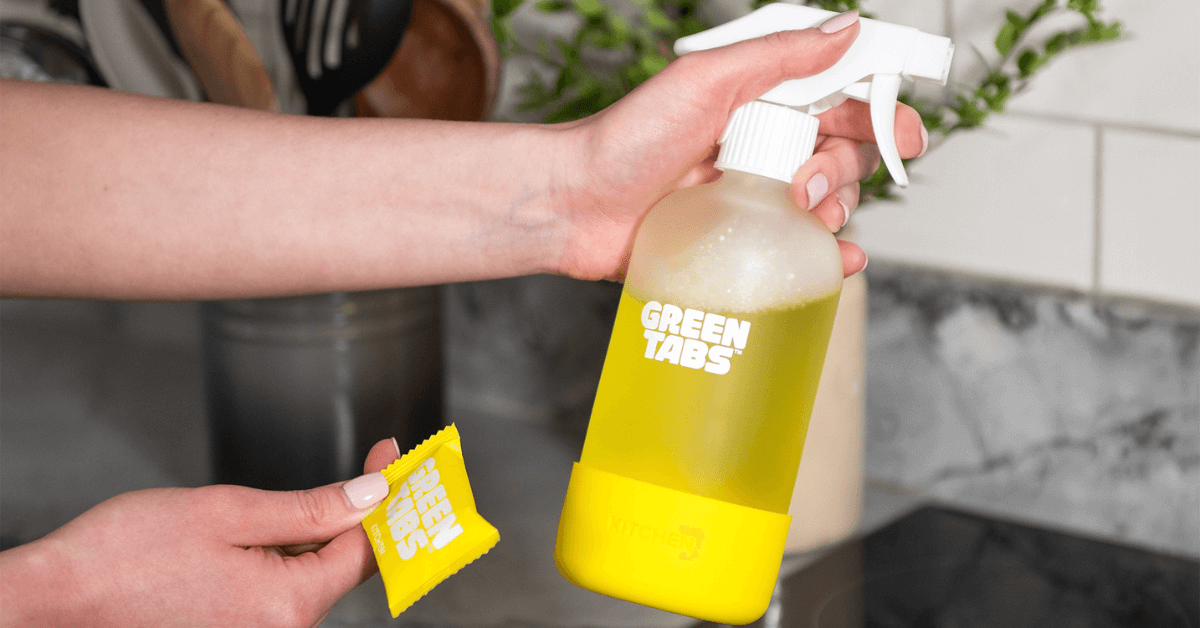
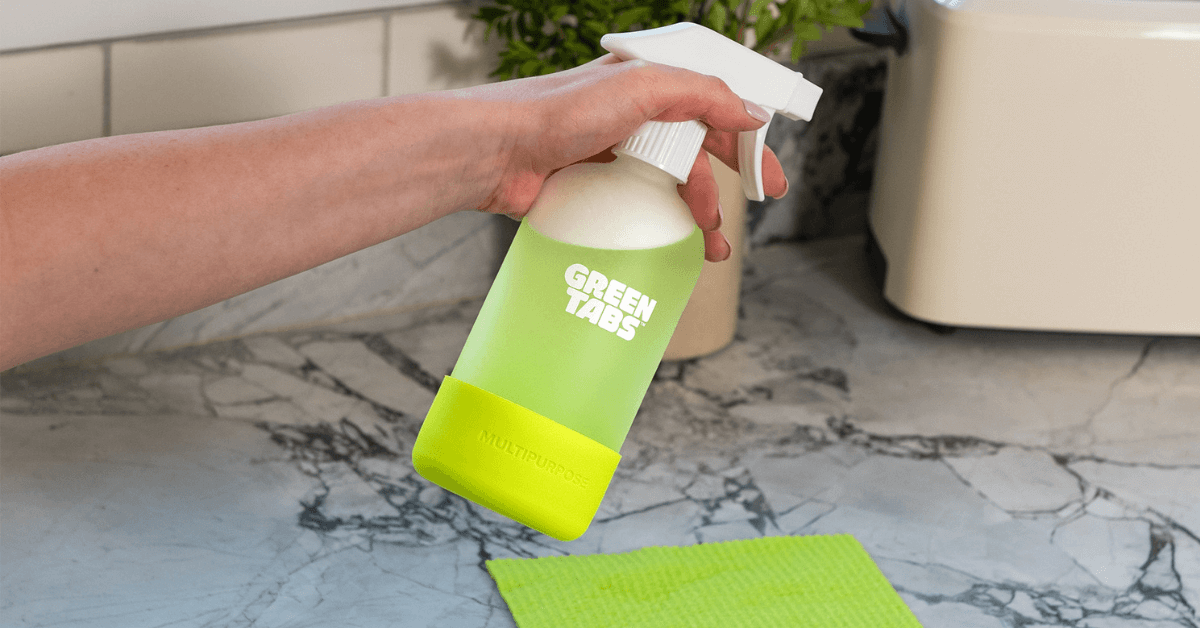
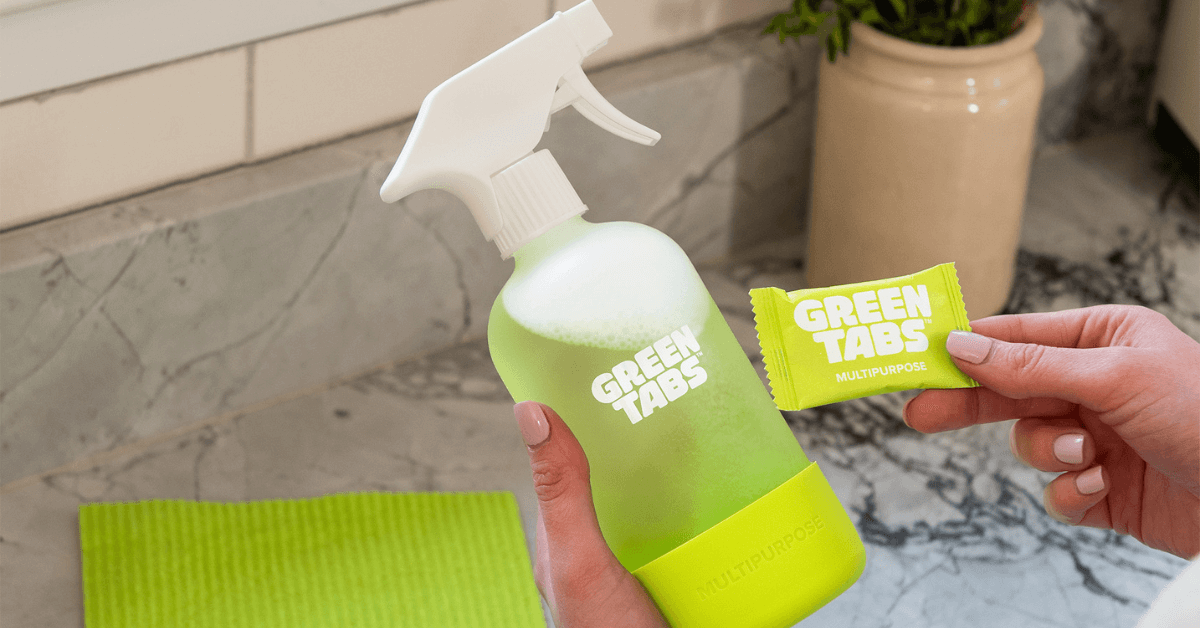

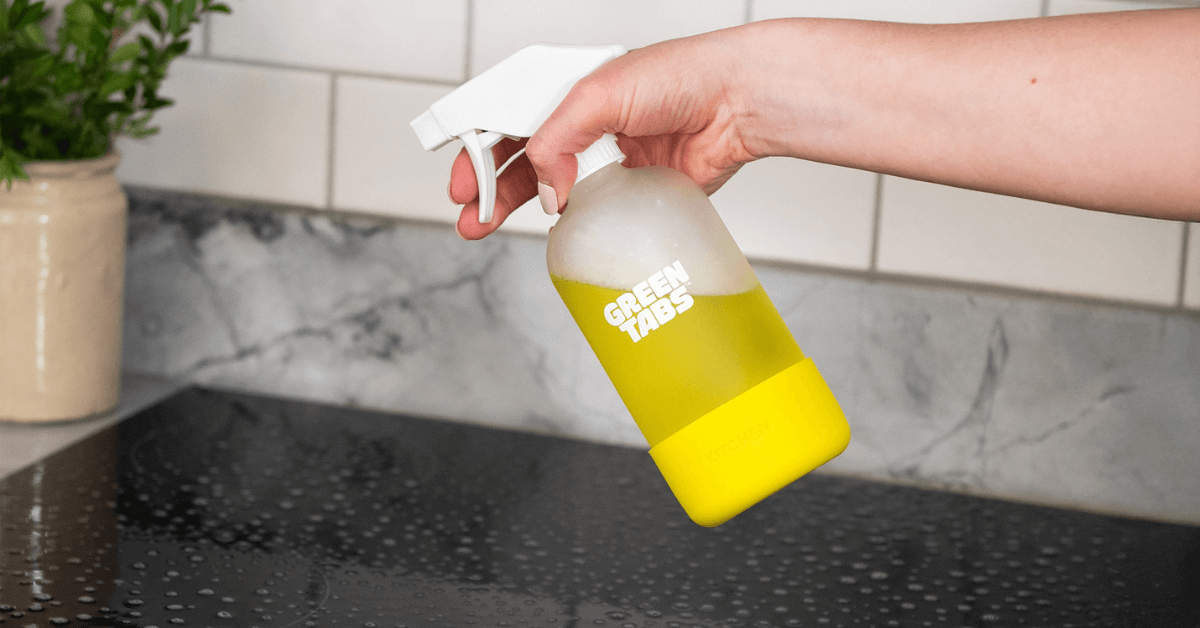


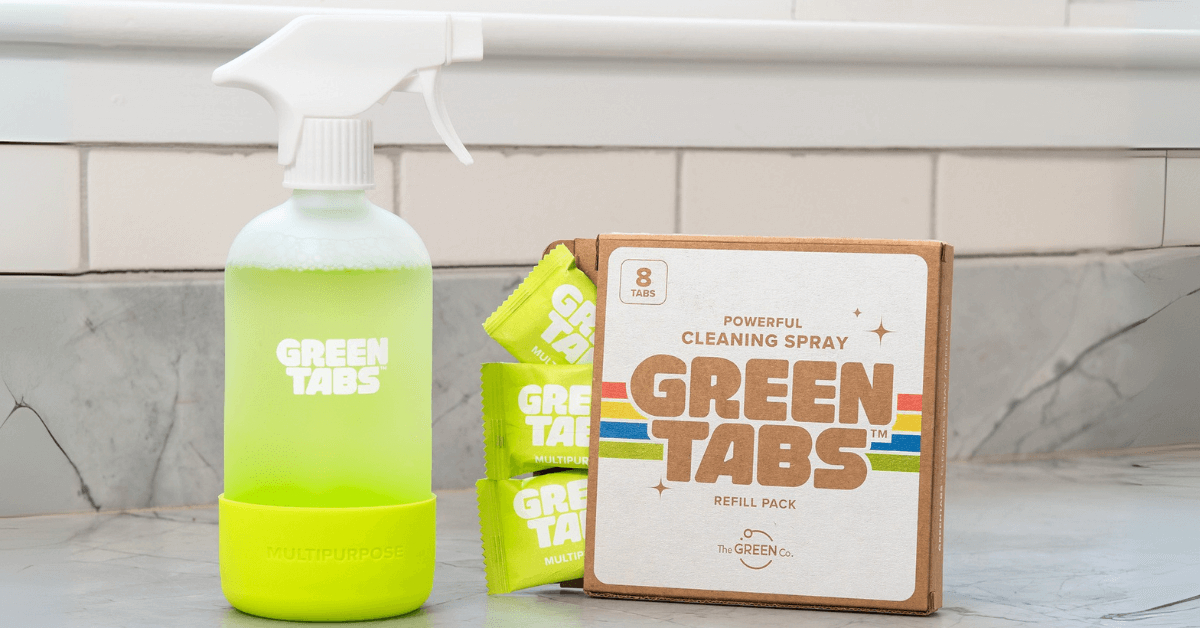
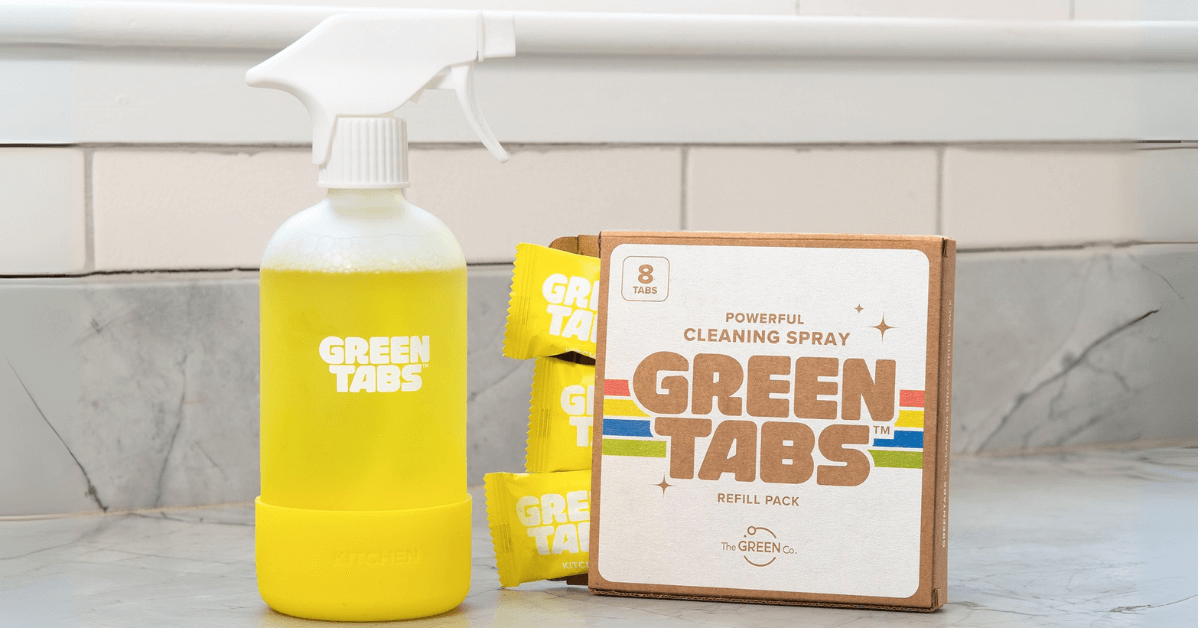
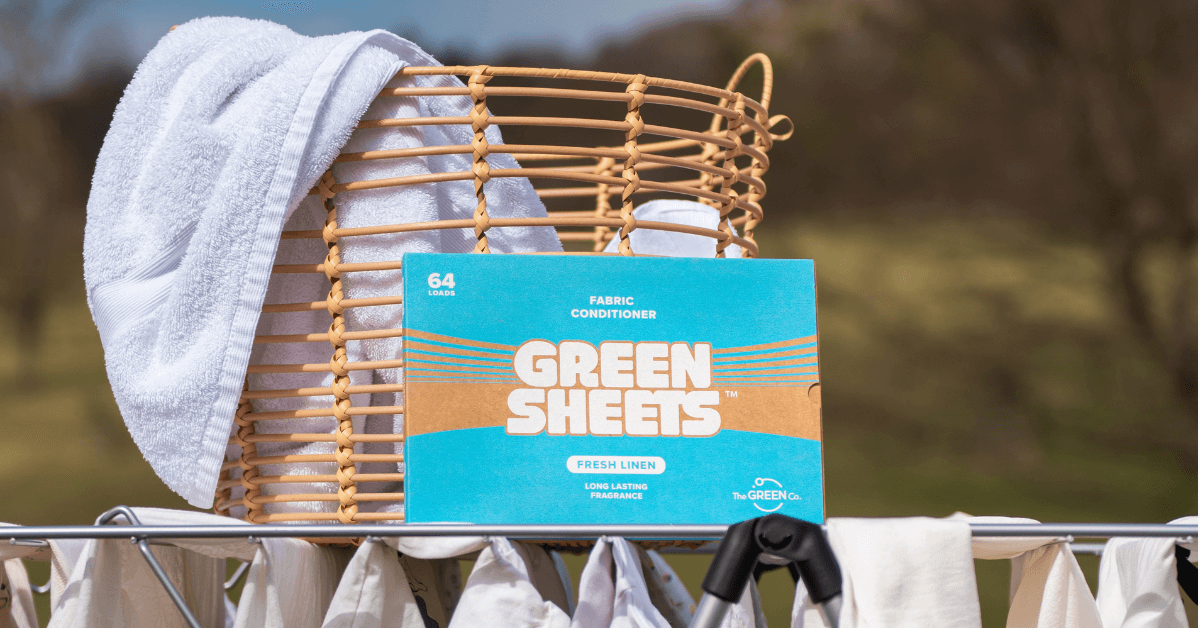

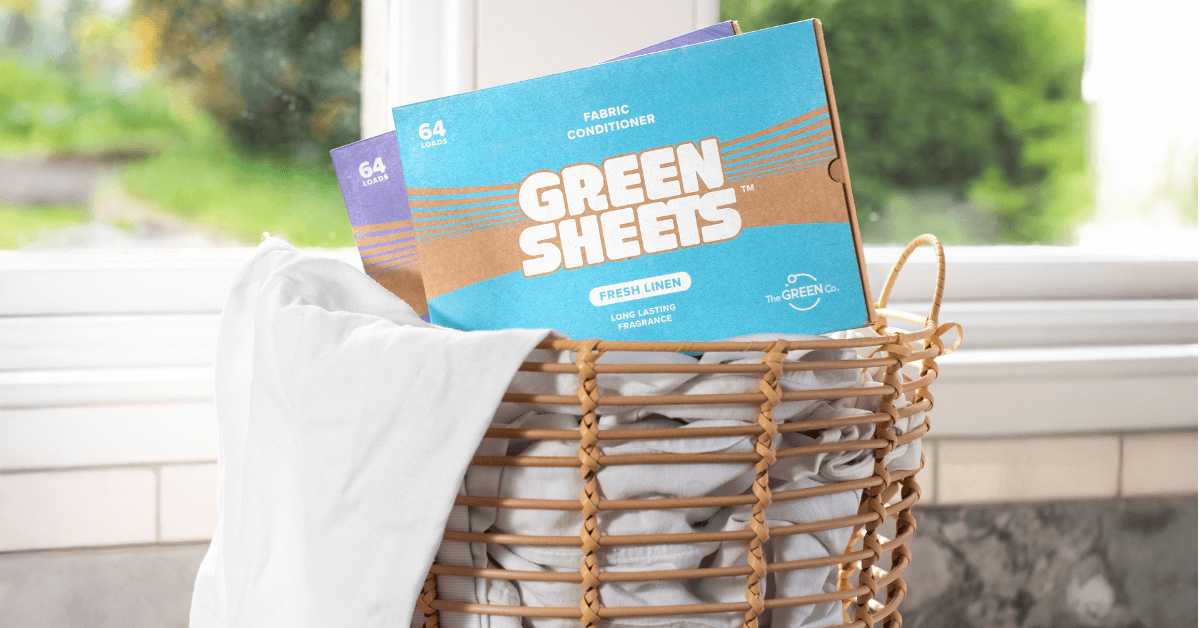
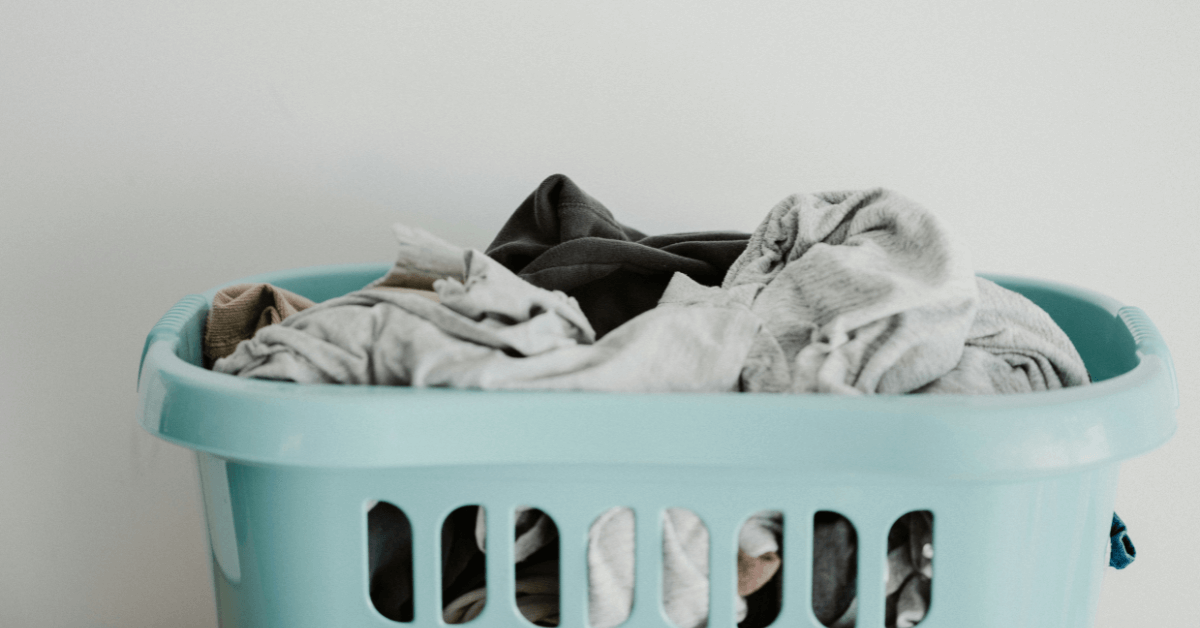
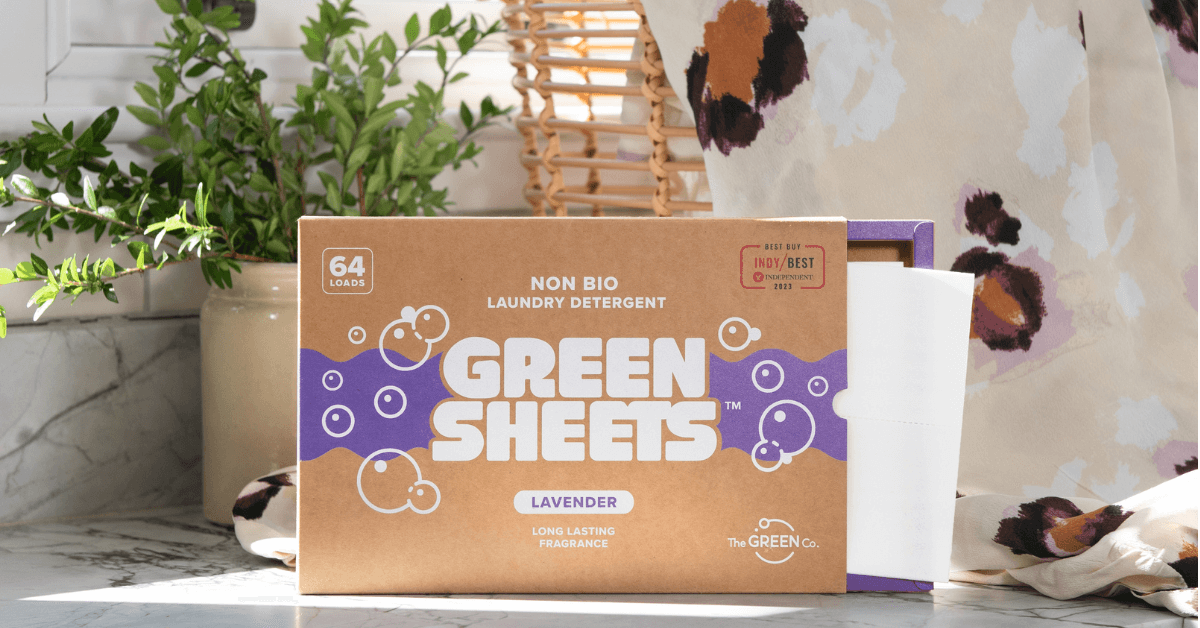


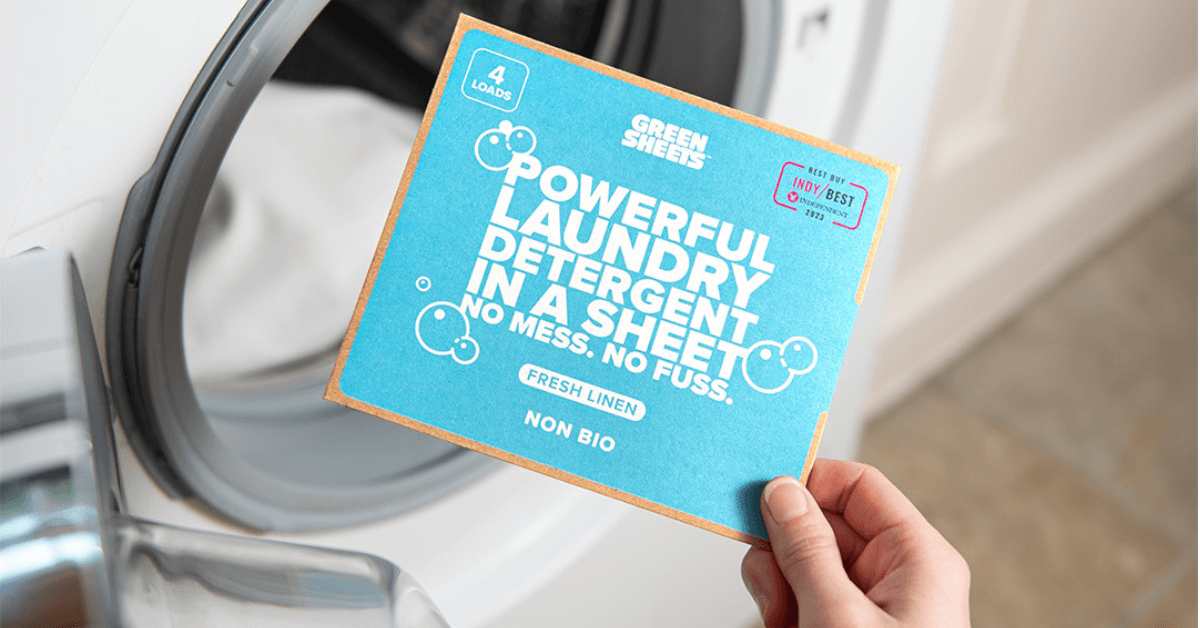

Comments
1 comment
In a world increasingly focused on sustainability, can eco-friendly laundry products truly match the cleaning power of traditional detergents? What hidden trade-offs might consumers be making when they choose greener alternatives, and how can we ensure we’re not compromising on cleanliness for the sake of being eco-conscious?